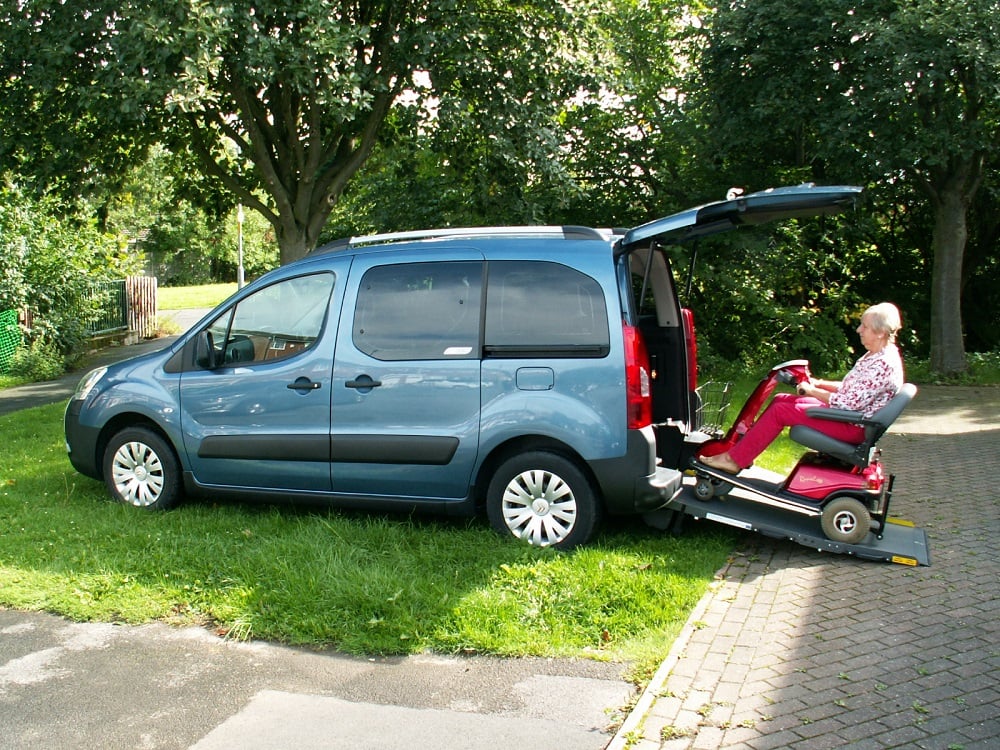In terms of mobility, people with disabilities often face significant issues. Wheelchair accessible vehicles, however, allow people to travel and move more freely and safely. In recent years, the automotive industry has made significant progress to offer compact and modern cars that can also be family cars.
More adjustments for a better mobility
Unfortunately for people with mobility issues, it is essential to acquire a new vehicle or to make adjustments to their current ones. For wheelchair users, for example, it is possible to install a removable board to facilitate access to the driver’s seat. Once deployed, it is the same height as the seat of the wheelchair, which allows the driver to embark the vehicle more easily. The conversion possibilities are almost endless and can save you some money, however, it can be reassuring to purchase a vehicle that has been dedicated to this purpose.
The rise of wheelchair accessible vehicles
WAV (short for Wheelchair Accessible Vehicle) are specially adapted for people in need of more space and accessibility. However, if you’re thinking of investing in one, you’ll need to know if this investment is worth your time and money.
For example, some people cannot get up, and to drive, have to stay seated in their wheelchairs. In these cases, it is possible to remove the car seats according to the needs of users. Some cars also have a replacement for the pedals of the car (accelerator, brake and clutch) by driving mechanisms at the steering wheel, so that a paraplegic person can drive only with their hands. These vehicles can be found at companies such as Allied Fleet.
What is the future?
In recent years, Google has been working on the development of autonomous cars. This car could be a real game changer for the disabled community. But how does an autonomous car work? These cars, currently in test, are loaded with sensors that are able to read road signs (speed limits, stop signs or red lights…) but are also able to react to their direct environment. A car that brakes or changes lanes, all these elements that make up the daily car journey are analysed so that the car adapts its speed and direction in real time.
These technologies represent a great hope for people with reduced mobility but also for the aging population. But for now, it is essential to offer affordable WAVs to all people that needs them.



















